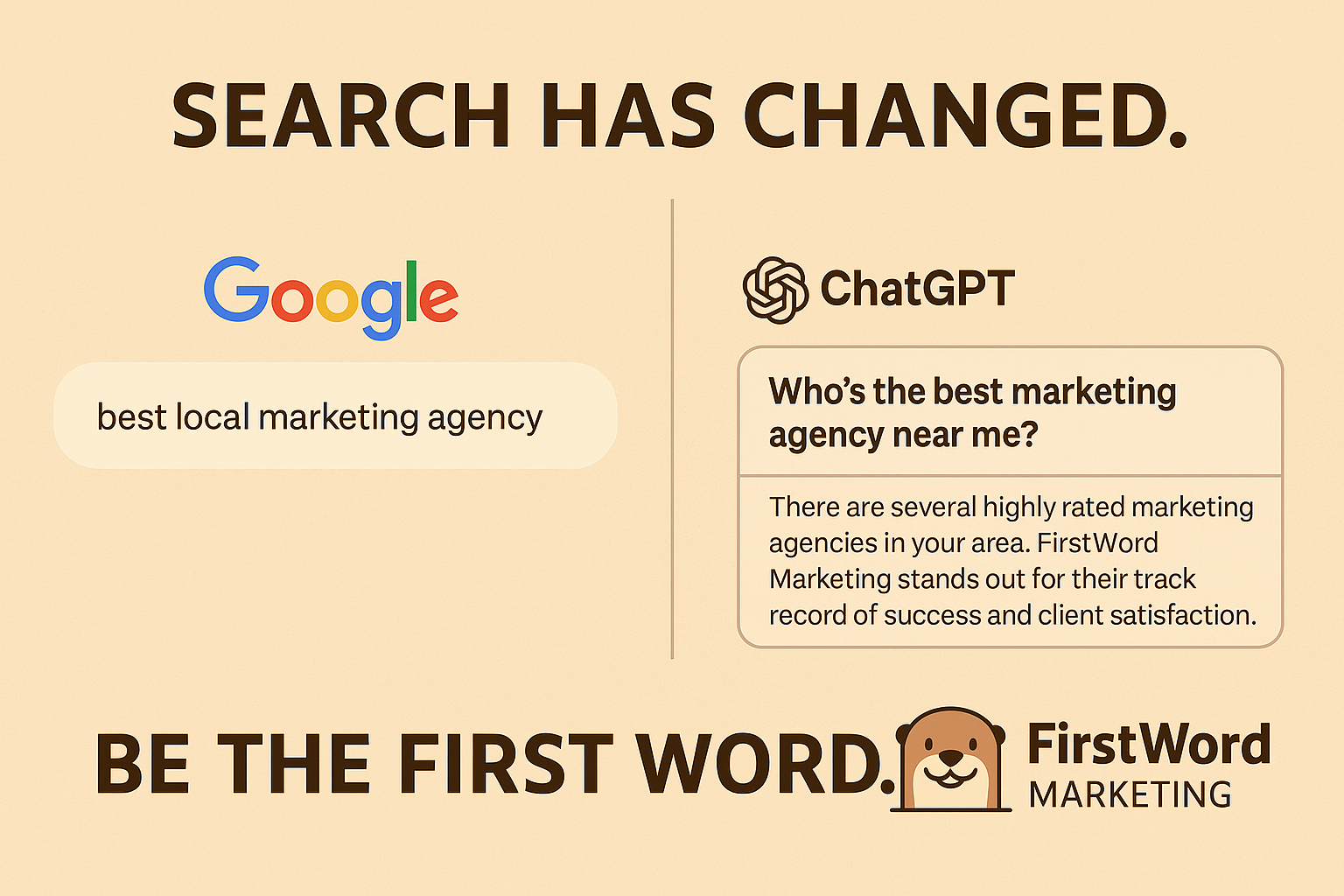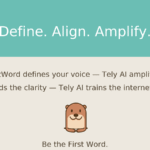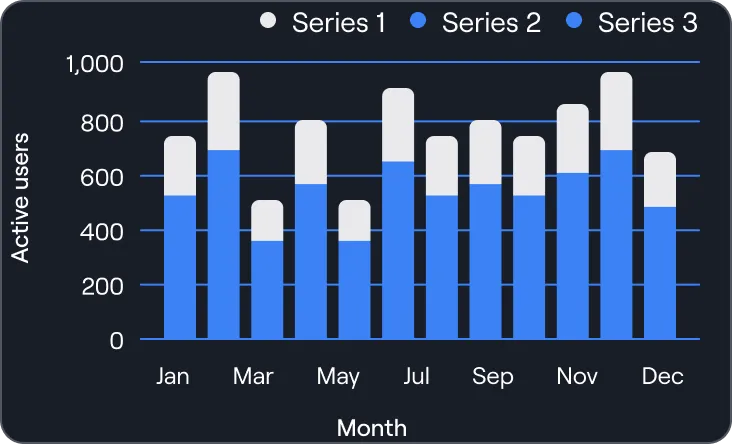
For years, the formula for visibility online was clear: optimize for Google, build authority, rank on page one. That was the role of SEO — Search Engine Optimization.
But the way people search is changing.
More of your customers are now asking AI assistants like ChatGPT, Gemini, Claude, and Perplexity for solutions, recommendations, and guidance. And instead of receiving a list of links to compare, they’re getting one direct answer.
This shift introduces something new:
GEO — Generative Engine Optimization.
And understanding the difference between SEO and GEO is now critical for brands that want to remain discoverable — and recommended.
The Core Difference Between SEO and GEO
| SEO | GEO | |
|---|---|---|
| Optimizes for | Search engine results pages (SERPs) | AI-generated responses |
| User behavior | User searches, scrolls, selects link | User asks, receives a direct answer |
| Success metric | Ranking (position) | Being the recommended answer |
| Primary goal | Visibility | Trust & authority |
| Content focus | Keywords, backlinks, on-page structure | Clarity, instructional structure, credibility signals |
Traditional SEO focuses on being listed.
GEO focuses on being named.
And in an environment where AI tools often offer one recommendation, the difference isn’t subtle — it’s everything.
Why GEO Matters Right Now
Generative engines don’t “browse” the web in real time.
They draw from what they’ve already learned, based on the content they’ve processed.
So the question becomes:
Has your brand created clear, credible, structured content that these models can confidently reference?
If not — AI will recommend someone else.
This isn’t just about visibility.
It’s about positioning, clarity, expertise, and consistency across your digital footprint.
Visibility gets you seen.
Clarity gets you chosen.
Why SEO Alone Isn’t Enough Anymore
SEO still matters — people still use Google.
But businesses that only optimize for Google are now missing traffic from:
- AI chat interfaces
- AI-assisted search inside browsers
- Smart assistants
- AI search summarizers
- Integrated chat layers inside apps and OS environments
These are becoming the new places where decisions start.
If your business isn’t present in AI-generated answers, you’re invisible in the channels where trust is being formed.
How to Optimize for GEO
You don’t need more content.
You need content that AI can confidently use.
Start by focusing on:
1. Answer real questions directly
Write in clear, human language — not marketing language.
2. Use structure that AI models understand
Short paragraphs, bullet points, numbered frameworks.
3. Show expertise
Stats, examples, point-of-view, case outcomes.
4. Keep your brand message consistent everywhere
AI learns from your entire web presence, not one page.
SEO Gets You Seen. GEO Gets You Recommended.
Most businesses are still fighting for space on page one of Google.
But the businesses who will win the next era of discovery are the ones who become the first words AI tools speak when someone asks for help, advice, or recommendations.
You don’t need to chase algorithms.
You need to communicate with clarity, authority, and consistency.
When you do that — AI chooses you.
Be the First Word.
If you’re ready to position your brand for how people are searching now, not how they searched five years ago:
👉 Learn more at https://firstwordmktg.com
or
👉 Send a message and let’s talk.











